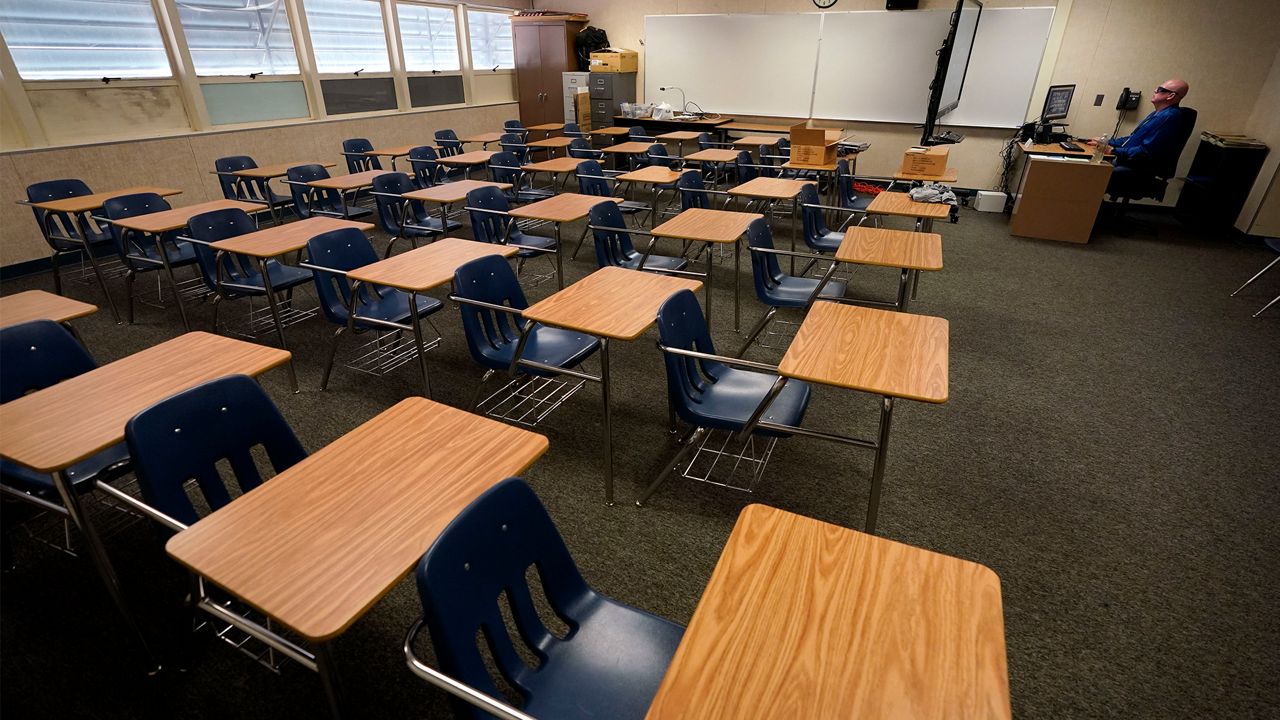Education officials, from school leaders to union leaders, took one look at the worst case budget as proposed by Gov. Andrew Cuomo on Tuesday and gulped.
The budget line for education is second only to health care in its cost to the state, giving teachers unions, superintendents, school districts and families among those with the highest stakes in the coming weeks as New York seeks billions of dollars in aid from Congress.
If $15 billion in aid were to be approved by Congress as Cuomo is calling for, the state would be able to increase education spending by nearly $4 billion. That spending target was originally projected in February, prior to the pandemic wreaking havoc on the state's economy.
But far less money from Congress in a pending stimulus package would mean far less for schools and that could lead to a more concerted and clarified push around increasing taxes on upper income earners (Cuomo backs tax rate hikes for those making $5 million and above; Democrats in the Legislature have also proposed lower income thresholds for the tax increase to kick in).
“It’s a positive signal to hear that the governor’s best case scenario budget would turn fair funding from Washington into significant resources for K-12 education, higher education and health care," said Andy Pallotta, the president of the New York State United Teachers labor organization.
"However, under the ‘worst case scenario,’ using federal money while reducing the state’s share of education funding — rather than supplementing state funding — is reminiscent of the Gap Elimination Adjustment we fought for years to close. As a state, we can’t afford to view cuts of any kind to public schools and colleges, public health care, and other public services funded by state and local governments as a default option — especially when the billionaire class has seen its wealth grow as millions of New York families have struggled during this pandemic."
The debate over education spending is typically a spirited one each year in Albany. Cuomo has sparred with education advocacy groups in the past over school aid, arguing more money does not equal better outcomes for students.
But this year could be different as property tax revenue for many school districts will be largely flat and schools continue to grapple with the logistics of remote learning and in-classroom instruction during the pandemic.
The New York State Council of School Superintendents called the situation a "profoundly challenging fiscal environment" for both the state government and schools.
"We are aligned with the governor in his justifiably strong comments that our state deserves significant fiscal assistance from the federal government after being blindsided by Covid-19," said the group's executive director Charles Dedick. "In all our communications with our federal representatives, we have emphasized the need not just for school aid, but state aid as well, and for more than a single year."


